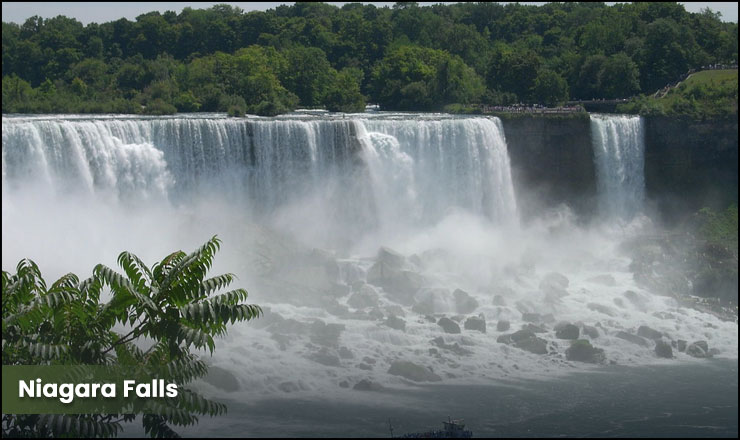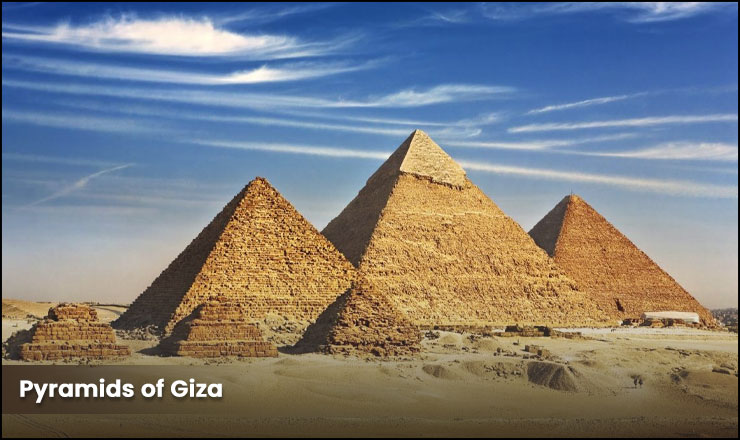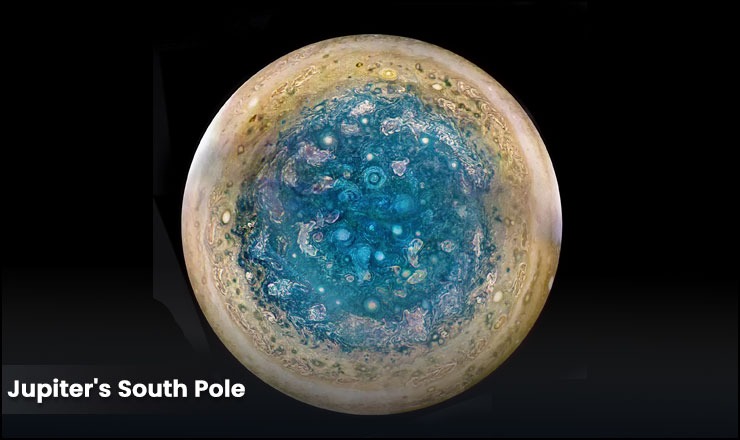Many of us are familiar with iconic landmarks and cultural symbols worldwide, such as the Mona Lisa, the Pyramids of Giza, Niagara Falls, Jupiter’s South Pole, and the Great Wall of China. These things have become so iconic and well-known that they are almost synonymous with their respective countries or cultures. However, while these favorite things are instantly recognizable and widely revered, there is often much more to their stories than what meets the eye.
In this article, we will take a deeper look at some of the lesser-known angles of these world-famous things that may differ from what we imagined. From the controversy surrounding the identity of the Mona Lisa’s subject to the debate over the role of aliens in constructing the Pyramids of Giza, these stories offer a unique and fascinating look at some of the most iconic things in the world.
Mona Lisa

The Mona Lisa is one of the most famous paintings in the world. Created by Leonardo da Vinci during the Renaissance period in Italy, the painting is known for its enigmatic subject, which is believed to be Lisa del Giocondo, the wife of Francesco di Bartolomeo di Zanobi del Giocondo.
However, there has long been speculation and controversy surrounding the true identity of the subject of the Mona Lisa. Some experts believe the painting could be a portrait of da Vinci’s mother, Caterina, or even a self portrait of the artist himself. The mystery surrounding the subject of the Mona Lisa has only added to the painting’s allure and enduring popularity.
Niagara Falls

Niagara Falls is a group of three waterfalls located on the Niagara River in western New York and southeastern Ontario. The largest of the three falls is called Horseshoe Falls, located on the border’s Canadian side. The smaller American and Bridal Veil Falls are on the U.S. side.
Niagara Falls is known for its spectacular beauty and is a popular tourist destination, with millions of visitors each year. The falls are also a source of hydroelectric power, with the Niagara Falls Hydroelectric Power Plant located nearby. The falls have a long and exciting history, with Native American lore and numerous daredevil stunts at the site over the years.
Pyramids of Giza

The Pyramids of Giza are a group of ancient pyramids located in Giza, Egypt, on the west bank of the Nile river. The pyramids are some of the most iconic and well-known symbols of ancient Egyptian civilization and are among the world’s oldest and most well-preserved monuments. The largest pyramid, called the Great Pyramid, is the oldest of the Seven Wonders of the Ancient World and is the only one that remains largely intact.
The pyramids were built as tombs for Pharaohs and their queens and are believed to have been constructed during the 26th century BC. The pyramids have long been a source of fascination and mystery, with many theories surrounding their construction and purpose. Some experts believe that the pyramids were built using sophisticated engineering and mathematical knowledge, while others have proposed more controversial ideas, such as the involvement of aliens in their construction.
Jupiter’s South Pole

Jupiter is a giant planet in our solar system and is known for its distinctive features, including its Great Red Spot and many moons. The planet’s south pole is an area of active research, as it is home to many exciting features that are not found at the planet’s equator or north pole.
For example, the south pole of Jupiter is home to a complex system of cyclones and anticyclones, with a series of massive storms that surround a central shower. These features are thought to be caused by the planet’s fast rotation and the presence of jet streams in its atmosphere. The south pole of Jupiter is also home to several storms, including the massive South Equatorial Belt, which is a region of turbulent weather that extends around the planet.
Great Wall of China

The Great Wall of China is a series of ancient fortifications stretching across China’s northern borders. The wall is the longest human-made structure in the world, with a total length of over 13,000 miles. It was built to protect the Chinese empire from invasions by nomadic tribes and has played a significant role in the country’s history.
The Great Wall was constructed over centuries, with the earliest sections dating back to the 7th century BC. It was built using various materials, including brick, tamped earth, and stone, and was designed to be impassable to enemy forces. The Great Wall has become a symbol of China’s ancient civilization and is a popular tourist destination, with millions of visitors each year.
Conclusion
As we have seen in this article, there is often much more to the stories of these world-famous things than we might initially imagine. From the enigmatic subject of the Mona Lisa to the lesser-known features of Jupiter’s south pole, these stories offer a unique and fascinating glimpse into the histories and mysteries of some of the most iconic landmarks and cultural symbols in the world.
By exploring these lesser-known angles, we are able to gain a deeper understanding and appreciation for the rich histories and complexities of these favorite things. So the next time you visit one of these iconic places or encounter one of these cultural symbols, take a moment to consider the lesser-known angles and the stories that may be hidden just beneath the surface.





